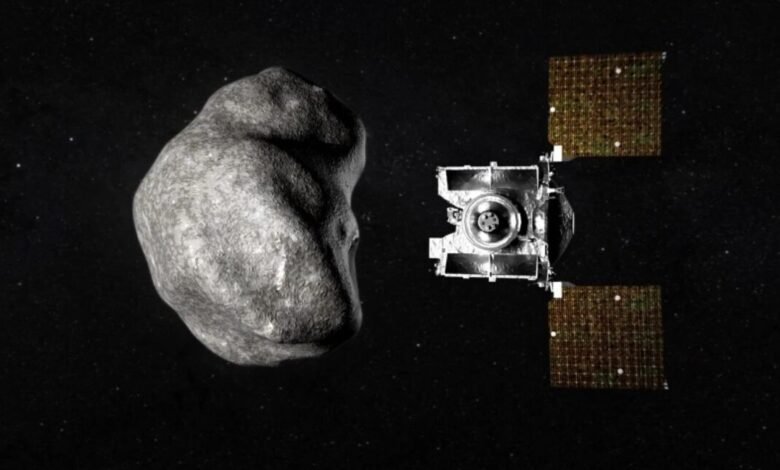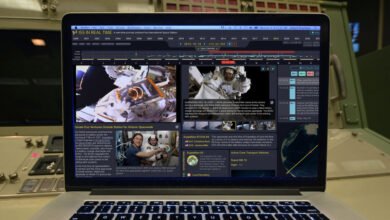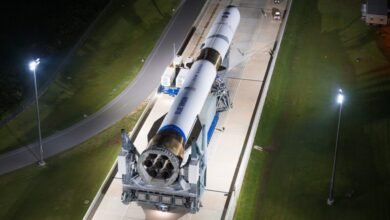NASA Science Mission Spared in Budget Cuts, Others Remain at Risk

▼ Summary
– NASA reversed the Trump administration’s plan to cancel the OSIRIS-APEX mission, allowing it to proceed in Fiscal Year 2026.
– The mission repurposes the OSIRIS-REx spacecraft to explore the asteroid Apophis during its close Earth flyby in 2029.
– Apophis will pass about 20,000 miles from Earth, posing no impact risk this century but offering a close-up study opportunity due to its potential regional devastation size.
– The White House had proposed canceling 19 NASA science missions as part of a nearly 50% budget cut for fiscal year 2026.
– Lawmakers in the House and Senate rejected most science cuts, proposing budgets significantly higher than the White House’s $3.9 billion request.
Scientists at NASA are breathing a sigh of relief after the OSIRIS-APEX asteroid mission received a last-minute reprieve from planned budget cuts, securing its future to study the close flyby of asteroid Apophis in 2029. This reversal comes after the mission was initially targeted for termination under a White House budget proposal earlier this year. The decision ensures a unique opportunity to observe a sizable near-Earth object during an exceptionally close encounter.
Dani DellaGiustina, the mission’s principal investigator at the University of Arizona, confirmed the positive development. She reported that just two weeks ago, the project was officially reinstated with a clear plan to proceed into Fiscal Year 2026. The spacecraft itself is reported to be in excellent health and ready for its next assignment.
The OSIRIS-APEX mission is a clever second act for the spacecraft from the highly successful OSIRIS-REx mission. After that spacecraft delivered a precious sample from asteroid Bennu to Earth in 2023, engineers determined it was still in prime condition with ample fuel remaining. The logical next step was to redirect it toward Apophis, an asteroid that will pass within a remarkably close 20,000 miles of Earth on April 13, 2029.
This close approach provides an unprecedented scientific chance to examine a so-called “killer asteroid” in great detail. Apophis is a lumpy, rocky body averaging about 1,100 feet in diameter, large enough to cause significant regional damage were an impact to occur. While astronomers have confidently ruled out any collision risk for the 2029 flyby and for the next hundred years, its orbit does regularly cross Earth’s path around the Sun. This means the long-term probability of an impact, while extremely low, is not zero, making continued study vital for planetary defense.
The mission’s journey to reinstatement was not smooth. In May, the situation looked dire when White House budget officials marked OSIRIS-APEX and 18 other operating NASA science missions for cancellation. This was a component of a broader, nearly 50 percent reduction proposed for NASA’s science budget in the Fiscal Year 2026 request.
However, Congress has pushed back against the majority of these proposed science cuts. The Senate’s version of the funding bill maintains the budget for NASA’s science division at $7.3 billion, matching the previous year’s level. The House bill proposes a lower figure of $6 billion, but this is still substantially more than the stark $3.9 billion for science outlined in the original White House budget blueprint.
(Source: Ars Technica)





